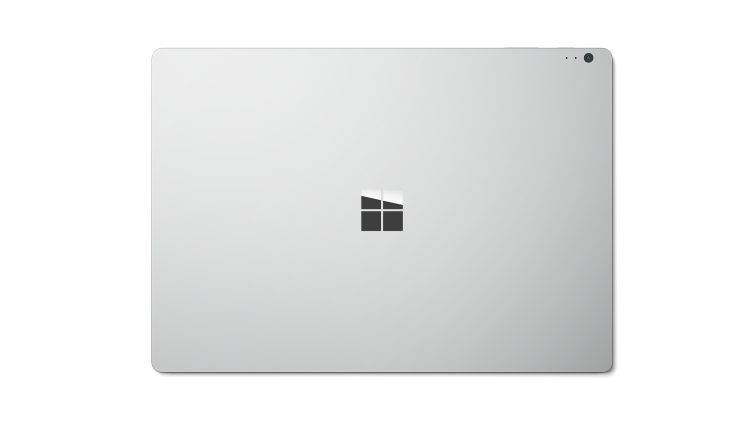In a few weeks, at its education-oriented software and hardware event in New York, Microsoft could unveil a sub-premium laptop — something more robust than a Surface but not as fancy as a Surface Book.
And rather than run good old Windows 10, the new product could run something called Windows 10 Cloud, which reportedly will only be able to run apps that you can find in the Windows Store, unless you change a certain preference in Settings.
The idea is that this will keep your device more secure. However, that does mean you won’t be able to use certain apps that aren’t in the Store — like Steam — on a Windows 10 Cloud device, such as the rumored CloudBook.
This concept might sound familiar. You may be reminded of the original Surface tablet running Windows RT, for which Microsoft ultimately took a $900 million write-down. Older Windows apps wouldn’t work on the thing.
June 5th: The AI Audit in NYC
Join us next week in NYC to engage with top executive leaders, delving into strategies for auditing AI models to ensure fairness, optimal performance, and ethical compliance across diverse organizations. Secure your attendance for this exclusive invite-only event.
The base model cost around $600 with a keyboard cover and $500 without one. Microsoft ended up cutting the price of each version of the inaugural Surface by $150, and then came the write-down. It’s probably fair to say sales were lower than expected because the product wasn’t good enough for the price.
Fast-forward a few years. Microsoft’s Surface brand has come a long way, the Surface Pro 4 is a respectable rethinking of its oldest sibling, and the Surface Book is thought to be some of the nicest consumer computing hardware that money can buy.
Meanwhile, Google and Apple have been busy. Google has brought Android apps to Chromebooks, and good convertible and detachable Chromebooks are available (not just conventional laptop-style Chromebooks). And Apple has responded to the Surface Pro with the large, high-end iPad Pro tablets with optional solid keyboard covers. You can use two apps at once on iOS now. But, more recently, Apple has also introduced a cheap but good enough $329 iPad. It’s in this environment that Microsoft now appears to be coming back around to its first-party-but-lower-cost hardware strategy.
Now we know Microsoft can build good PCs. (Let’s leave phones out of this.) But there are some things that we don’t know about this expected CloudBook:
- How good will it be? How long will the battery life be? Will it perform as well as a nearly 2-year-old Surface Pro 4? Will there be enough storage that people will see it as distinct from a Google Drive-reliant Chromebook? Will the display not suck?
- Will there be some way to run non-Store apps? While some people will appreciate the peace of mind of not worrying so much about a Windows device succumbing to malware and other threats, will there be a workaround if you need to run certain programs that can’t be found in the Store?
- How much will it cost? Great Chromebooks can be had for $500. The new iPad with a Bluetooth keyboard will cost $400 or less. If a CloudBook starts at more than $500 and is packed with low-end components, is there any way for the device to be successful where the first Surface wasn’t?
The good news is that, on the whole, Windows is looking fairly good right now. It feels like every week one or more new features is being tested on Insiders before becoming available to everyone. With iOS and Chrome OS, the pace of development is currently slower. If Windows 10 Cloud follows the cadence of classic Windows 10 and gets broader adoption with the help of more enticing hardware at launch, then it could end up lasting longer than Windows RT (2012-2015), and the strategy will be vindicated.

